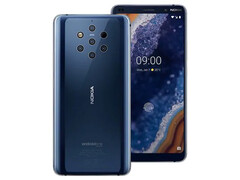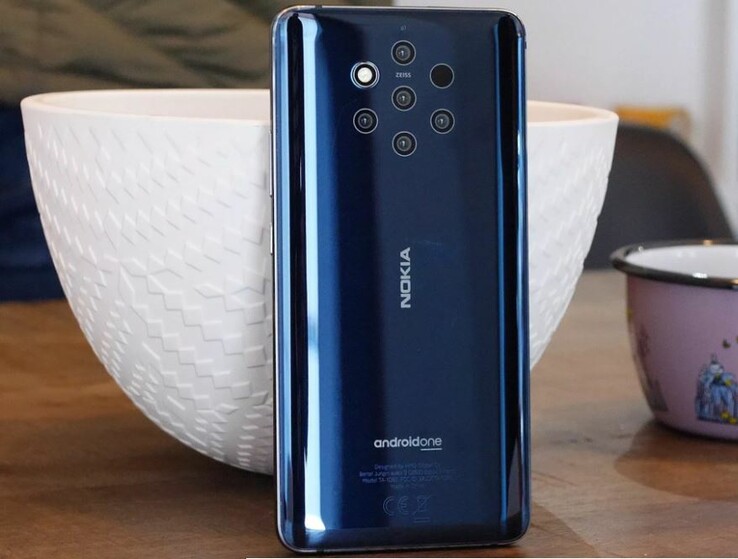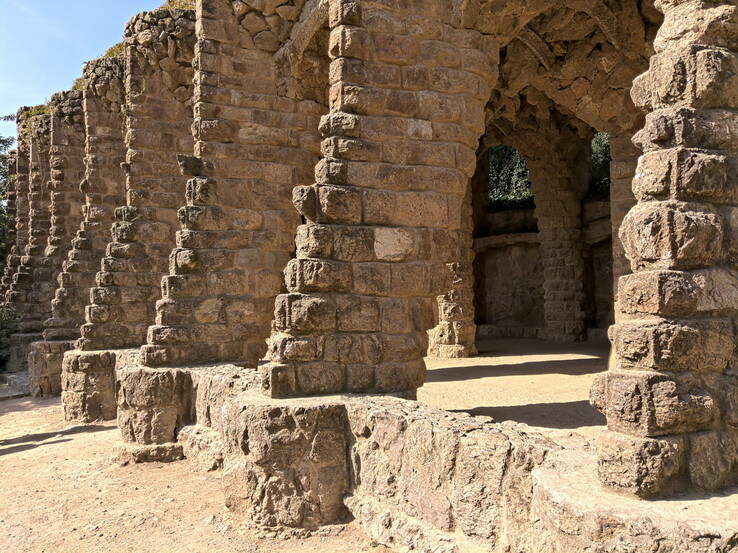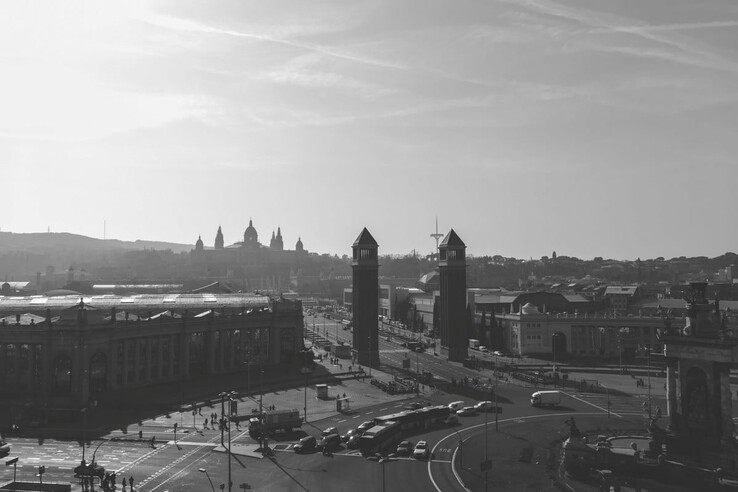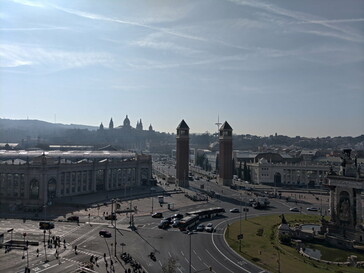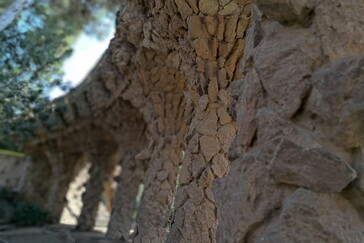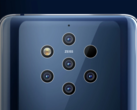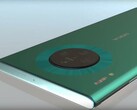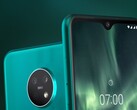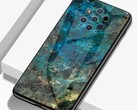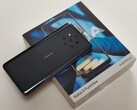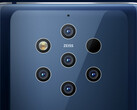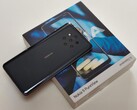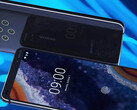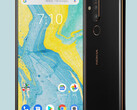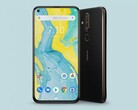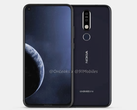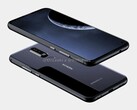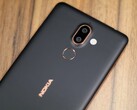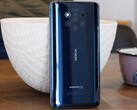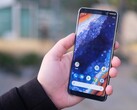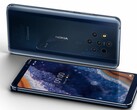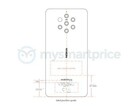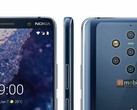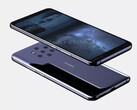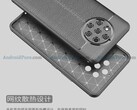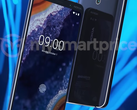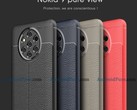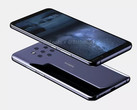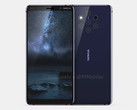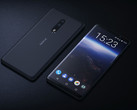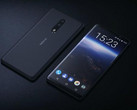HMD Global released its magnum opus, the Nokia 9 PureView, last month. The device had been anticipated for close to a year, with a number of delays pushing its final release date backward until last month. A solid flagship, the Nokia 9 PureView’s biggest feature is the presence of five cameras—and an additional depth sensor—on its back.
Before the device launched, we were very excited about it, as a devices like the Huawei P20 Pro had revolutionized smartphone cameras with their triple rear cameras. We expected the Nokia 9 to do even better than the Huawei flagship, and indeed it appears to be doing just that—but only in certain departments.
The Nokia 9 PureView features five main cameras on its back: Two RGB sensors, and three monochrome sensors. Huawei are the biggest advocates of monochrome sensors—although the Essential PH-1 also chose that route—and there’s always been doubt as to whether the monochrome sensors are actually useful on the company’s devices.
I use a Mate 10 Pro and while the monochrome sensor takes much better photos in lowlight, and more detailed shots in regular lighting conditions, I’m not sure if it actually does anything in Auto mode. Huawei claims it combines the monochrome and RGB images to form a more detailed final product but covering the monochrome sensor when shooting in Auto doesn’t seem to affect the final image in any meaningful way.
Of course, the folks over at DxOMark believe the monochrome sensor has an impact, and that was pointed out in the Mate 20 Pro’s review, as the flagship lacks the monochrome sensor on the P20 Pro. That said, the reduced detail in the Mate 20 Pro’s images relative to the P20 Pro’s may have been caused by other factors. Correlation has never equalled causation.
Back to the Nokia 9 PureView, Nokia’s choice of sensors is baffling. The normal thing in the industry is to include lenses for different applications—wide angle and telephoto in particular—but HMD eschewed all of that for a system that, until now, has looked rather iffy.
The results? Conflicting.
Going by most of the hands-on camera tests of the Nokia 9 PureView, the phone does take excellent images. How excellent, though, is the major question. Colors are natural, detail is great, and like most reviews have pointed out, depth is absolutely groundbreaking.
But that’s about it. The images are accurate and the images have incredible information as a result of the unique system. Sadly, that evaluation is one unlikely to appeal to the average smartphone user out there, and will, instead, capture the hearts of a different crowd: Photography enthusiasts.
It’s been proven times without number that smartphone cameras are judged by how good the photos look. To the layman, at least. Look no further than Marques Brownlee’s social experiment last year for proof of how the average smartphone user evaluates the ability of a camera by the amount of light captured and the level of saturation present. Both of those are things the Nokia 9 PureView doesn’t seem to be able to do any better than the traditional smartphone photography champions made by Google, Huawei, Samsung, and Apple.
The ability to shoot images that look good is what makes the Google Pixel phones so alluring, in spite of all their other faults. Google has developed a camera system that caters around taking your phone out, opening the camera app, and clicking the shutter button. No shenanigans, just point, shoot, and get a ridiculously good image. HMD, on the other hand, has done something entirely different. The Nokia 9 PureView is designed to create detailed images that have all you need—and some more—for manual post-processing. The photographer's wet dream. It’s why the company partnered with Adobe to have the Lightroom app ready for direct installation on the device.
Does the Nokia 9 PureView have a good camera setup? Why, yes. Is it great? Of course. Is it objectively better than, say, a Pixel 3 or Samsung Galaxy S10+? We have a feeling the reply to that question will depend on who is asked—a professional photographer or a random person on the street.
If you want a phone capable of taking great images but also inspiring you to touch the images up after, the Nokia 9 PureView is, without a doubt the best device in the world for you. But if you want to be able to take great images on the go, with the least amount of effort, you’d do well to look elsewhere.
The fact that the Nokia 9 PureView’s cameras also lack the extra utility offered by a wide angle lens or a telephoto camera is a bit disappointing but we have a feeling that appealing to the masses isn’t exactly what HMD Global had in mind when making this device. It’s the Lexus LFA of smartphones; a limited production model that screams in your face:
“Hey, we can do it do it too. And we can make it pretty darn good.”
It does a lot of things well but is still not the best in its class overall.
The Nokia 9 PureView is currently on sale for US$599. It goes up back to its US$699 MSRP by the end of the week.
Images courtesy of Digital Trends.




